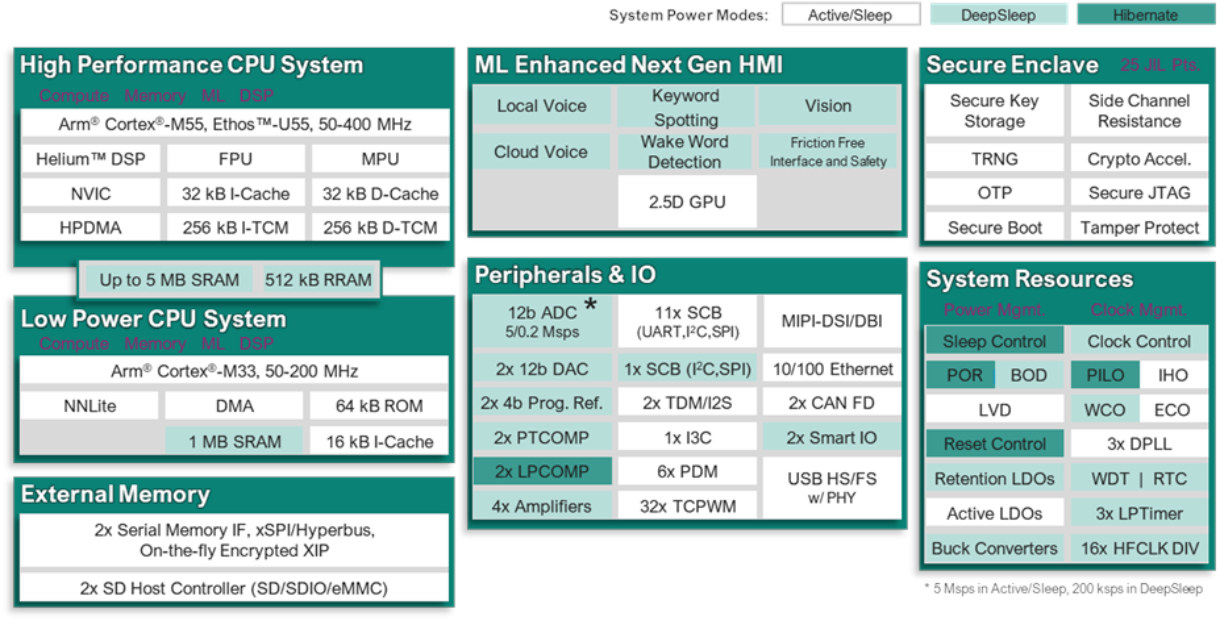A Cornell analysis group led by Prof. Peter McMahon, utilized and engineering physics,has efficiently educated varied bodily programs to carry out machine studying computations in the identical method as a pc. The researchers have achieved this by turning bodily programs, equivalent to {an electrical} circuit or a Bluetooth speaker, right into a bodily neural community — a sequence of algorithms much like the human mind, permitting computer systems to acknowledge patterns in synthetic intelligence.
Machine studying is on the forefront of scientific endeavors in the present day. It is used for a number of real-life functions, from Siri to look optimization to Google translate. However, chip power consumption constitutes a significant subject on this subject, for the reason that execution of neural networks, forming the premise of machine studying, makes use of an immense quantity of power. This inefficiency severely limits the growth of machine studying.
The analysis group has taken step one in the direction of fixing this downside by specializing in the convergence of the bodily sciences and computation.
The bodily programs that McMahon and his staff have educated — consisting of a easy electrical circuit, a speaker and an optical community — have recognized handwritten numbers and spoken vowel sounds with a excessive diploma of accuracy and extra effectivity than typical computer systems.
According to the current Nature.com paper, “Deep Physical Neural Networks Trained with Backpropagation,” typical neural networks are often constructed by making use of layers of mathematical capabilities. This pertains to a subset of machine studying generally known as deep studying, by which the algorithms are modeled on the human mind and the networks are anticipated to be taught in the identical method because the mind.
“Deep studying is often pushed by mathematical operations. We determined to make a bodily system do what we needed it to do – extra instantly,” mentioned co-author and postdoctoral researcher Tatsuhiro Onodera. Leaderboard 2
A bodily neural community constructed utilizing a speaker. Credit: Robert Kurcoba/Cornell University
This novel method ends in a a lot sooner and extra energy-efficient technique of executing machine studying operations, offering another for the energy-intensive necessities of typical neural networks.
It might sound as if this benefit of power effectivity can be restricted to small computations, which might not require a big quantity of power to start with. However, bigger computations lead to larger power effectivity, in keeping with Onodera.
The potential of those bodily neural networks extends past saving power. According to McMahon, bigger and extra advanced bodily programs would have the flexibility to function with a lot greater information units and with larger accuracy. Newsletter Signup
Further, it’s attainable to attach a sequence of various bodily programs collectively. For instance, a speaker might be related with {an electrical} circuit to acquire a extra advanced system with larger potential.
“As you make the system greater, it’s extra clever,” Onodera mentioned. “The vary of issues it will probably accomplish is extra versatile.”
Most of those bodily programs can carry out all of the capabilities vital for machine studying computations by themselves in the identical method as typical programs. For instance, when fed handwritten numbers for picture classification, the bodily networks can extract the spatial options and decide the quantity by itself in the identical method as typical neural networks.
The staff additionally theorizes that many issues related to the coaching of typical networks — such because the unintended lower or improve of the loss calculation within the suggestions course of — would go away within the case of bodily networks.
“If you have a look at every particular person element [of the physical system], it could be doing one thing utterly totally different,” mentioned co-author and postdoctoral researcher Logan Wright. “It will get from Point A to Point B, however the trajectory is probably utterly totally different.”
Even if the bodily programs bear some type of put on and tear, which disrupts their computational talents, they will all the time be retrained, thus nullifying the ill-effects of any bodily injury.
Currently, the bodily neural networks are solely able to a feed-forward course of. This means they can not prepare and retrain themselves in the identical method as recurrent neural networks — which have a continuing suggestions mechanism and may replace their parameters as required. Onodera, nonetheless, expressed optimism about coaching these programs to execute a recurrent suggestions course of.
Even although bodily neural networks current a novel method to machine studying, they might probably change the face of the sector sooner or later. Wright wrote that one key cause for this potential is that these programs replicate our brains extra intently than different sorts.
Different kinds of bodily programs are tuned to totally different sorts of operations and studying computation.. It may, nonetheless, take some time for these bodily networks to extensively combine into the machine studying ecosystem — largely pushed by typical neural networks.
“The mind developed, [to the point] the place the physics and the algorithms are all intertwined,” Wright mentioned. “This is what we’re transferring nearer to – bodily algorithms as a substitute of simply {hardware} or software program.”
https://cornellsun.com/2022/02/16/cornell-researchers-train-physical-systems-revolutionize-machine-learning/




